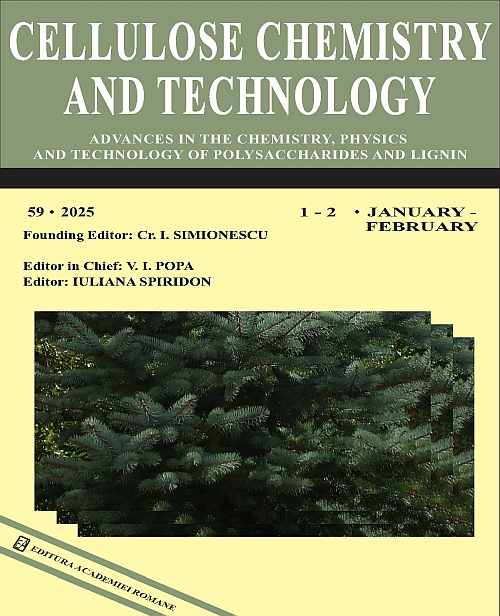|
Title
Evaluation of elasticity and recovery properties of Swiss double piqué knits with flax-containing yarns
Authors
NADIIA BUKHONKA
Received
January 24, 2025
Published
Volume 59 Issue 5-6 May-June
Keywords
flax yarn, blended flax yarn, Swiss double piqué, stretch properties, elasticity
Abstract
This study examined how the characteristics of flax-containing yarn affect the elasticity and recovery properties of Swiss
double piqué knitted fabrics. Using three types of yarn – cotton/flax blend (70% cotton, 30% flax), PAN/flax blend (70%
PAN, 30% flax), and pure flax – various knitted fabrics were produced with different stitch lengths on a 10-gauge circular
knitting machine. The research focused on torsional stiffness, tensile stiffness, and yarn flexibility to understand their
impact on the stretch properties of the fabrics. Results indicated that these properties significantly influence the stretch
characteristics, particularly concerning average stitch length. Pure flax yarn exhibited reduced flexibility due to its higher
torsion stiffness, low elasticity, and flexibility properties. As a result, the knitted fabrics produced from pure flax yarn
showed the lowest level of widthwise elastic contribution and the highest level of widthwise residual contribution range,
indicating lower stability than those from blended yarns. Blending flax with cotton or PAN in a 70/30 ratio decreased
torsional and tensile stiffness compared to pure flax yarn. Fabrics made from blended flax yarns, such as cotton/flax and
PAN/flax, demonstrated similar flexibility and loop shapes, which explained the comparable levels of density of the
knitted fabrics. The similarity in flax blended yarn's flexibility and the relatively small differences in tensile stiffness
contributed to insignificant discrepancies in elastic deformation. Understanding the factors that impact the shape and
stability of fabrics is fundamental for developing high-quality knitted textiles and clothing that are comfortable and
visually appealing to meet consumers' expectations.
Link
https://doi.org/10.35812/CelluloseChemTechnol.2025.59.53
|



